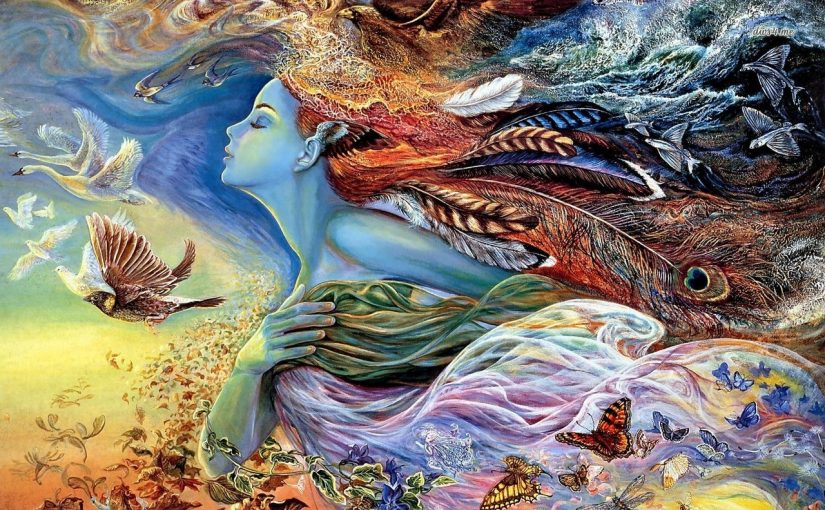How often do you read an ancient or rare book that multisparks in your mind, creating a jungle fire that consumes you for weeks with its magnificence of design, thought and purpose?
Like a tornado, this one blew me up, down and away, and I landed gently in a field of wonder:
BENEFICENCE OF DESIGN: In The Problem Of Evil, Vindicated By The Law Of Causation In The Physical Construction Of Matter
I include a small passage from this lovely book, published in 1849, as it reveals how small we humans really are, and that only the final page of our corporeal stories, however large and significant, can be set in stone.
If at all….
Geology supplies the testimony that death has triumphed throughout the early epochs of the earth’s history, and the leaves of her stone book have written on their pages, not merely the records of death, but likewise of pain.
The fossil fishes which abound in many of our strata are not found stretched out in the postures of repose which they would have assumed had they perished calmly; but like men who die in battle with agony upon them, their bodies are thrown into violent contortions.
Each has petrified its last convulsions, and, like the Laocoon and the dying Gladiator, shows its mortal throes sculptured in stone.
These immortal agonizing statues are not strange or solitary figures: the far-famed Elgin marbles of the British Museum express the agony which the fighting Centaurs and Lapithre have worn for ages. Whatever else be observed in these beautiful works of art, he who runs may read in them a plain tale of combat and strife—a struggle for life and death; mortal blows struck, pain relentlessly inflicted, and weakness giving way before strength which unsparingly smites it down.
And when we leave these wondrous sculptures, and pass to the geological hall, another set of friezes appear, older by ages, and perhaps by millions of years than those of the Parthenon, carved by a chisel, far excelling that of Phidias, telling of creatures stranger even than centaurs, and of battles more terrible than those that have been fighting in marble for centuries between these monsters and their foes. Different, however, as every thing else is, the story is the same.
“Some minds again, with an overstock of hypotheses, never reach an arrangement; while there are others, with a small capital of notions, who, by a lucky adjustment of them, have made themselves felt in the world of matter and mind.”
The heroes of these geological bas-reliefs are lchthyosaurs, Plesiosaurs, and Pterodactyles, lizard-birds, gigantic crocodiles strangely compounded, and Titanic Gorgons and chimeras dire, such as we thought could be witnessed only in nightmare reams, till with forms more hideous than eye had seen, or ear heard of, or it had entered into the heart to conceive, we gaze with wonder on these stone effigies before us. In their lifetime those strange beings were all of them warriors.
The mortar cap, the chiselled chain-shirt and cross-hilted sword of a recumbent monumental figure do not more plainly tell, that below lie the bones of a soldier crusader, than the fierce jaws, huge rows of dagger-like teeth, cruel fangs, sharp claws, and other accoutrements of those stone mummies, proclaim that their possessors were the Black Hussars of the pre-Adamite world, and gave no quarter.
The Parthenon figures only repeat the story of the Gorgon frieze. In the latter we as plainly read as in the former, battle and murder, strength remorselessly vanquishing weakness, and the victim reaching death through the appointed stages of torture and agony.
—A Journeyman, in BENEFICENCE OF DESIGN, 1849
MEET YOUR AUTHOR
Tripsy South is the author of the novel SUICIDE TANGO. Trained in physics at a cool surfer university, she lives and plays in Los Angeles where she’s a freestyle writer/editor and copywriter. Ring her here.

